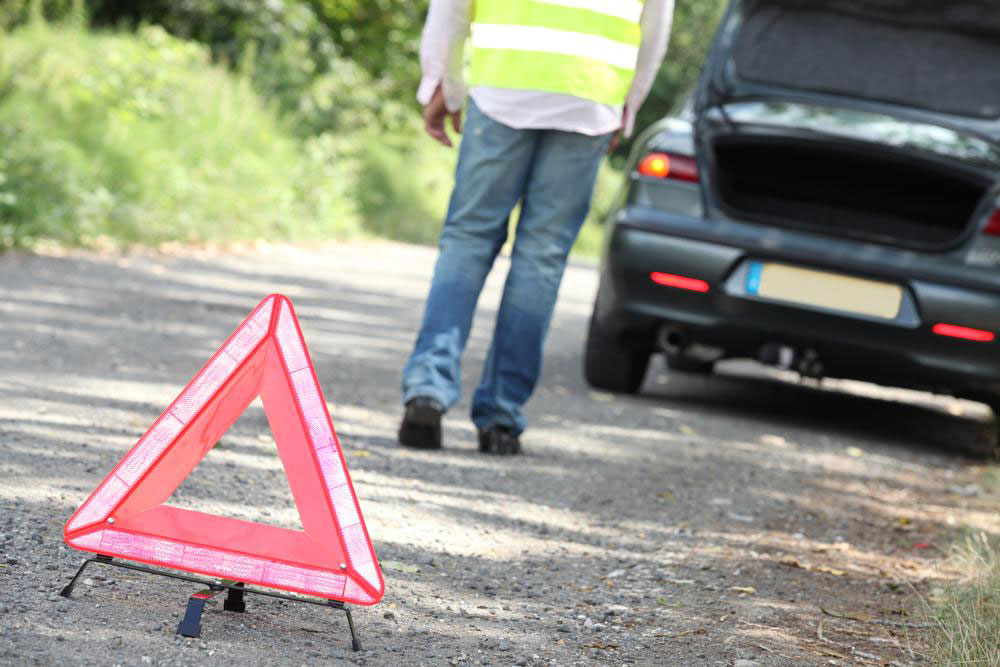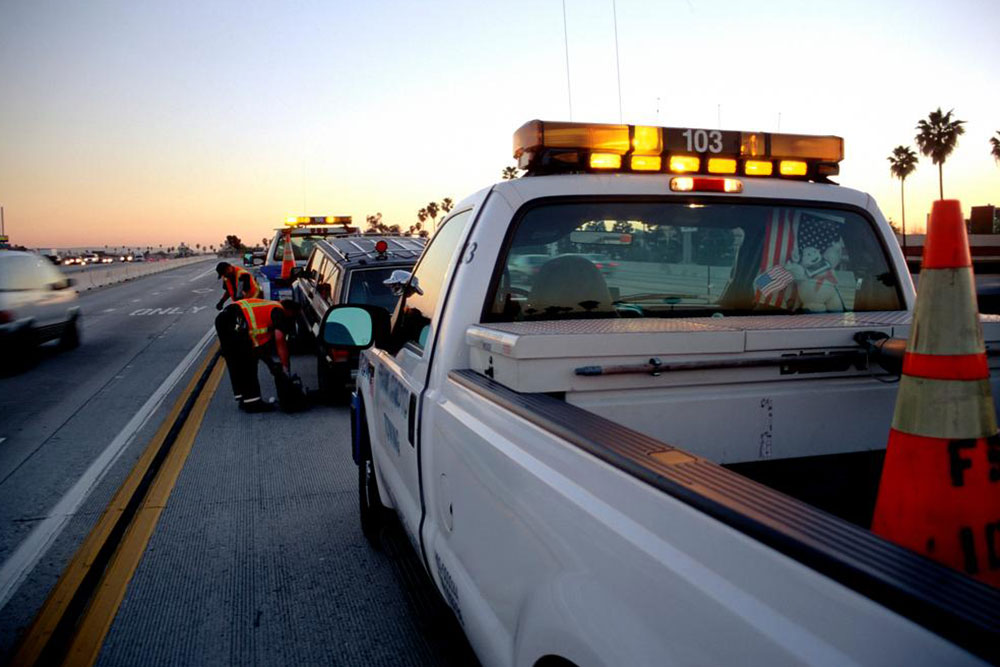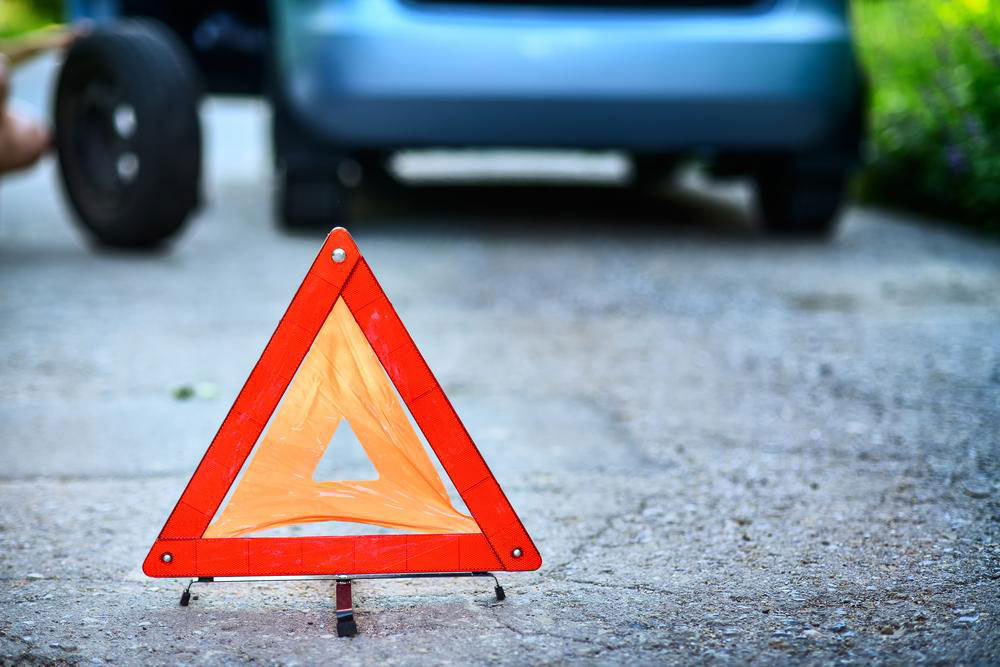Comprehensive Guide to Vehicle Breakdown Assistance Policies and Benefits
This comprehensive guide explains vehicle breakdown assistance policies, covering their benefits, key features, and how to select the right plan. Ideal for regular drivers and travelers, it emphasizes the importance of roadside support, recovery, and trip interruption coverage to ensure safety and peace of mind during vehicle emergencies.

Comprehensive Guide to Vehicle Breakdown Assistance Policies and Benefits
Facing unexpected vehicle breakdowns can be a highly stressful experience, often leading to disrupted plans, canceled appointments, and increased anxiety. To mitigate these issues and ensure safety on the road, many drivers opt for vehicle breakdown assistance policies. These plans provide essential roadside support, quick rescue, and peace of mind during emergencies. However, understanding the intricacies of breakdown cover is crucial before selecting a policy. This article explores the key aspects of vehicle breakdown assistance, why it is beneficial, what coverage typically includes, and how to choose the right plan for your needs.
Common Causes of Vehicle Breakdowns
Vehicles can break down for numerous reasons, some preventable while others are unforeseen. Common causes include dead batteries, which often occur due to leaving lights on or battery aging; flat or damaged tires resulting from road hazards or under-inflation; lost or stolen keys complicating access and ignition; engine troubles caused by overheating, worn components, or oil issues; fuel problems such as running out unexpectedly or fuel system failures; and clutch failures in manual transmission vehicles. Recognizing these causes can help drivers prepare better and understand when breakdown assistance becomes necessary.
What Is Breakdown Assistance?
Breakdown assistance policies are designed to provide immediate support when your vehicle fails unexpectedly. These plans typically cover a range of services aimed at minimizing inconvenience and ensuring your safety. Standard coverage often includes roadside repairs, towing, and recovery services. For instance, popular plans like AARP’s roadside assistance offer nationwide towing services covering distances up to 5 miles, along with essential services such as tire changes, battery jumps, and fuel delivery. The core features of breakdown assistance generally encompass:
• Roadside Repair – Help to restart your vehicle, whether through jump-starting the battery, replacing a flat tire, or minor repairs needed at the roadside.
• Vehicle Recovery – Transportation of your vehicle and yourself to the nearest repair facility or a preferred destination. This is especially valuable if your vehicle cannot be safely driven after a breakdown.
• Trip Interruption Coverage – Available in regions like the US, this feature provides support when your trip is interrupted due to accidents, theft, or mechanical failures, especially when you are over a certain distance from home, such as 100 miles or more. This can include reimbursement for accommodation, transportation, or alternative travel arrangements.
Who Should Consider Purchasing Breakdown Cover?
Vehicle breakdown assistance is particularly beneficial for a wide range of drivers. Regular commuters, long-distance travelers, and those frequently traveling to remote or unfamiliar areas stand to gain significantly from such plans. Owners of older vehicles, which are more prone to mechanical issues, also find value in having roadside support. Nighttime drivers or those who embark on frequent road trips can avoid the inconvenience and safety hazards associated with vehicle failures. Additionally, if you carry valuable or sensitive cargo, or rely heavily on your vehicle for daily tasks, breakdown assistance provides an added layer of security and peace of mind.
Important Exclusions and Limitations
While breakdown assistance policies cover many services, they are not comprehensive for all situations. It’s important to understand what isn’t included in standard plans. For example, fuel delivery is typically provided, but the cost of actual fuel is not covered. Other limitations may include mileage caps on towing services, call limits within a specific period, or coverages that exclude certain breakdown causes such as accidental damage, misuse, or vandalism. Some policies may limit the number of calls or services covered annually, and additional charges could apply beyond those limits. Therefore, step carefully when selecting a plan by reviewing the terms and conditions to ensure your coverage aligns with your travel habits and vehicle type.
In conclusion, vehicle breakdown assistance policies serve as invaluable safeguards for drivers facing unforeseen roadside emergencies. Understanding their key features, exclusions, and the typical costs involved will enable you to make an informed decision, ensuring your safety and minimizing inconvenience during unexpected breakdowns. Whether you drive regularly or only occasionally, choosing the right breakdown cover can make all the difference in staying protected on every journey.





